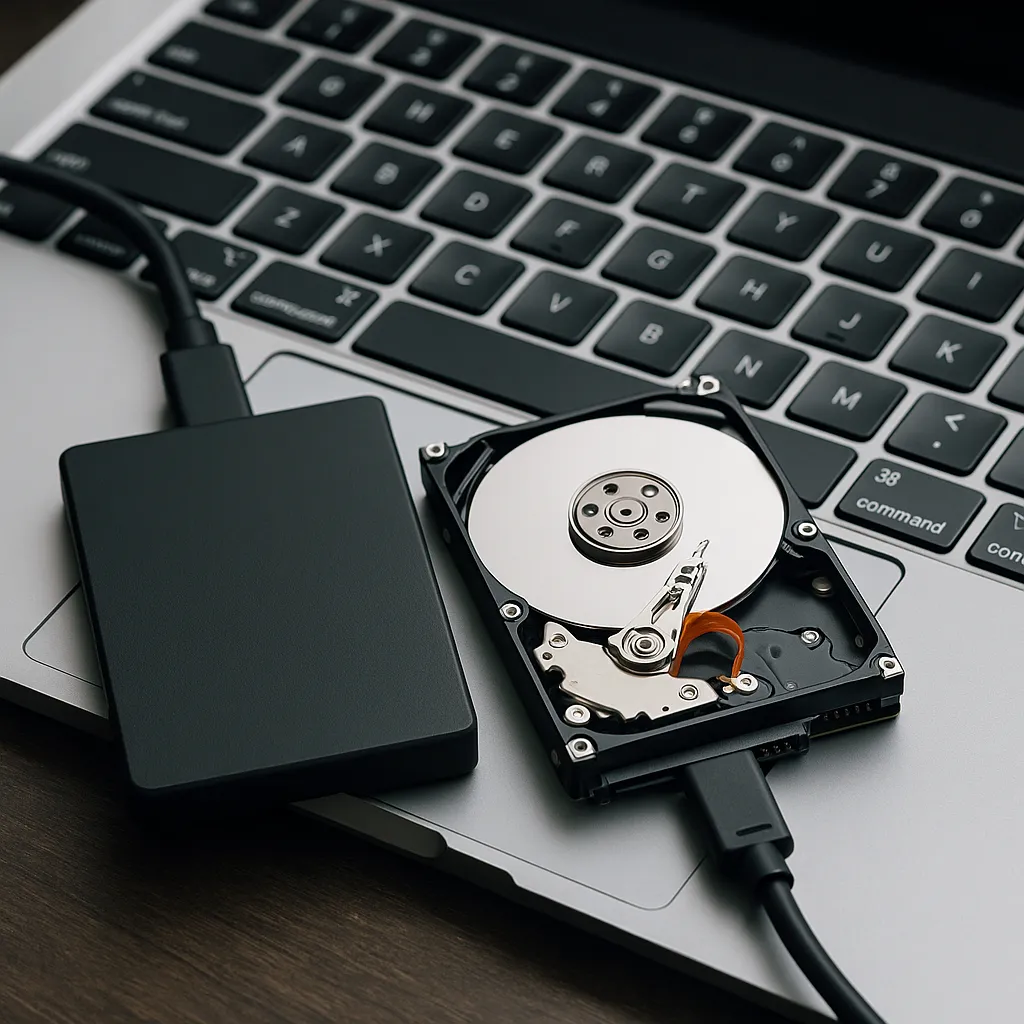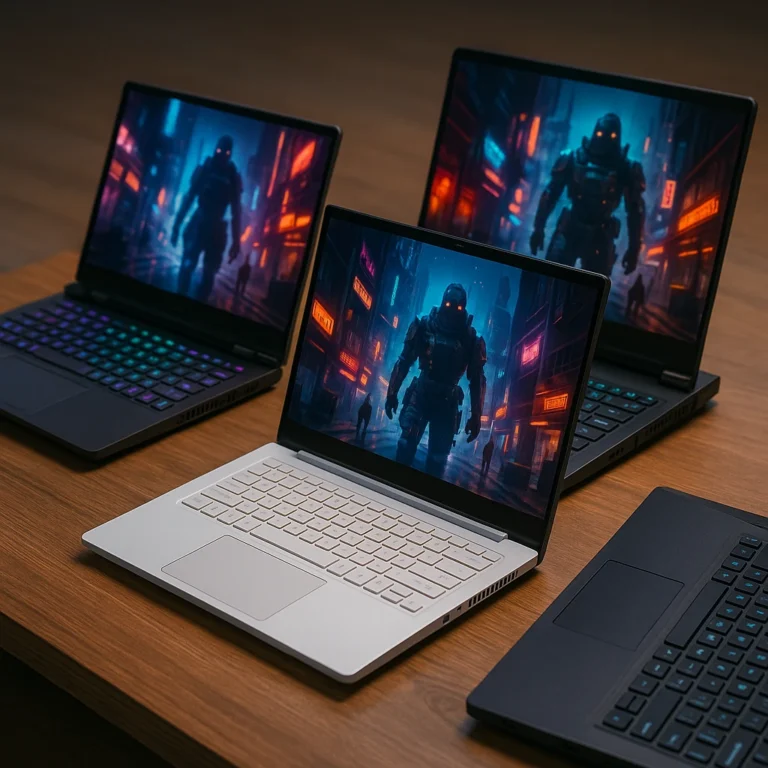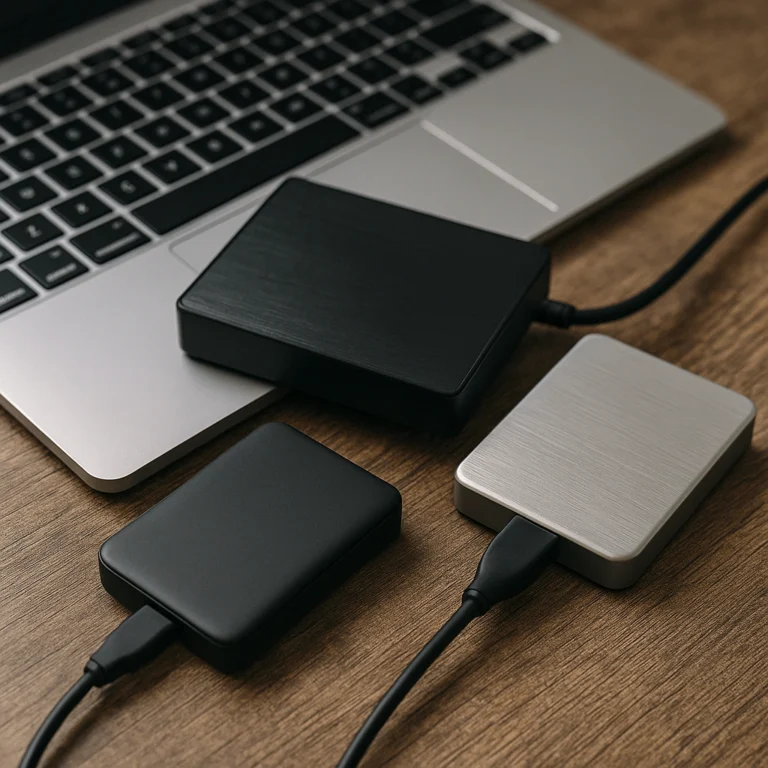Difference Between HDD and SSD External Hard Drive: What Matters Most
Trying to pick the right external drive? Here’s what really separates HDDs from SSDs—and which one makes more sense for your setup.
Choosing between an HDD and an SSD for external storage comes down to speed, durability, and cost. While both are great for backing up data or expanding your storage space, they work differently and suit different needs. Understanding these differences can help you avoid wasting time—or money—on the wrong type.
Let’s take a closer look at how HDDs and SSDs compare so you can pick the one that actually fits how you work.
Storage Technology: How They Work Under the Hood
HDDs use spinning disks and a mechanical arm to read and write data. This older, mechanical setup makes them more vulnerable to bumps or drops, and they usually make a little noise when running.
SSDs don’t have any moving parts. They use flash memory—like your phone or USB stick—which makes them faster, more shock-resistant, and totally silent during operation.
Speed: SSDs Outperform by a Mile
SSDs win hands down when it comes to file transfer speed. Copying large files like videos or high-res photos is much quicker compared to HDDs. According to user reviews and tech specs, external SSDs often deliver speeds above 1,000 MB/s. HDDs usually max out around 120–150 MB/s.
If you’re dealing with large files daily or using the drive for active projects—like video editing or app development—you’ll definitely notice the difference.
Durability and Portability: SSDs Handle the Bumps
Thanks to their solid-state build, SSDs can take more physical abuse. If you drop one in your backpack or on the floor, chances are it’ll be fine. They’re also lighter and thinner, which makes them more travel-friendly.
HDDs, while generally bulkier, can still be portable. But their moving parts make them more delicate, so you’ll want to handle them with care.
Storage Capacity and Cost: HDDs Offer More for Less
Need lots of space without spending much? That’s where HDDs shine. They’re more affordable per terabyte, especially for storage-heavy needs like photo or video libraries, backups, or archiving old projects.
While SSD prices have come down, you’ll still pay more for the same capacity. That said, the speed and performance often justify the extra cost—if you need it.
Conclusion
Both options are compatible with macOS and Windows, and many support USB-C or USB 3.0. The choice really depends on how you’ll use your drive.
Here’s a quick guide to help:
- Pick an HDD if you’re looking for affordable, high-capacity storage for backups or rarely accessed files.
- Choose an SSD if you need speed, plan to move your drive often, or want something that can survive the occasional drop.







